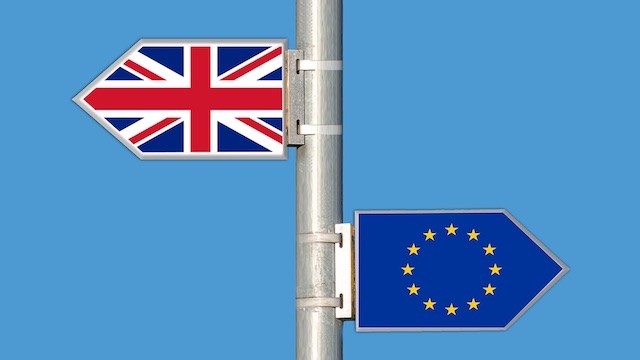This week’s big news in banking is that Goldman Sachs (NYSE:GS) will be extending its digital consumer banking operations into Britain ahead of Brexit. Not only does this signal good things for the U.S. banker, it also bodes well for post-Brexit Britain. After all, with the amount of financial science that goes into Goldman Sachs’ market calculations, one must assume that it knows what its doing.
So while the move should embolden Canadians with British investments to stay in their more secure U.K.-exposed positions, it also means that Goldman Sachs stock is looking like a strong buy today. Let’s comb through its market fundamentals and see whether this is the case.
What’s Goldman Sachs up to in the U.K?
The big American investment banker is rolling out its online banking arm, Marcus, for British consumers. Marcus will offer residents of the U.K. no-fee personal loans and high-yield online savings. The timing is interesting, as Brexit is just around the corner. Perhaps the thinking is that U.K. residents may be looking for more secure places to squirrel away their savings, and if so then getting into this territory now is a canny move.
Either way, opening up this new digital banking option looks on the face of it like an investment in a post-Brexit Britain. The skeptic might point out that since the new banking services offered to the Brits are purely digital that it’s a fairly low risk investment on the part of Goldman Sachs, but hey, it looks good on paper.
How is Goldman Sachs looking on market fundamentals?
Discounted by 10% compared to its future cash flow value, Goldman Sachs is not bad value today. It has a P/E of 18.6 times earnings, PEG of 6 times growth, and P/B of 1.2 times book – all of which are reassuringly acceptable for a stock of this renown.
A 3.1% expected annual growth in earnings is about normal for financial stocks at the moment, with general stodginess in the market, though a dividend yield of 1.35% could be more, quite frankly for a stock of this calibre. Moving on, we can see a return on equity of 6% last year, which shows a pretty dismal use of shareholders’ funds.
One red flag (though quite a big one) is a debt level of 506% of net worth. This is astronomical by any standards, and certainly a concern in a financial stock. In terms of trend, Goldman Sachs’ share price is definitely exhibiting downward momentum at the moment, in contrast to the tear it went on at the start of the year, making for a rather more volatile asset than one might have assumed.
The bottom line
Any kind of investment in banking is probably a good idea at the moment, although of course there are better plays than others. Expect Goldman Sachs to improve somewhat as Marcus takes off in the U.K. (which it most likely will on the back of Brexit uncertainty there). It looks like a good value bank stock at the moment, and is definitely the sort of financial institution that had “Least Likely to Fail” scribbled in its yearbook, in case you’re eyeing banks with suspicion at the moment.








